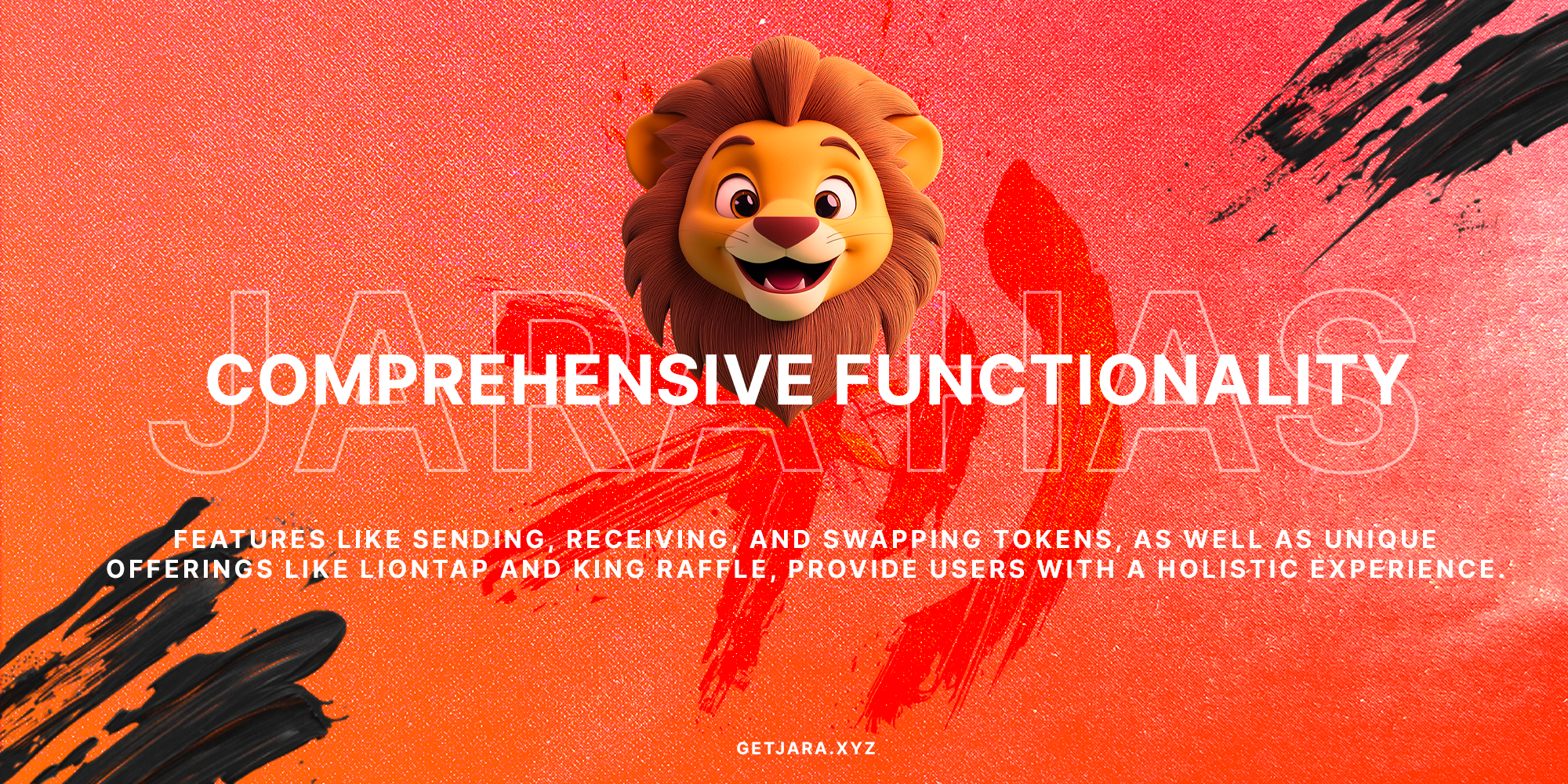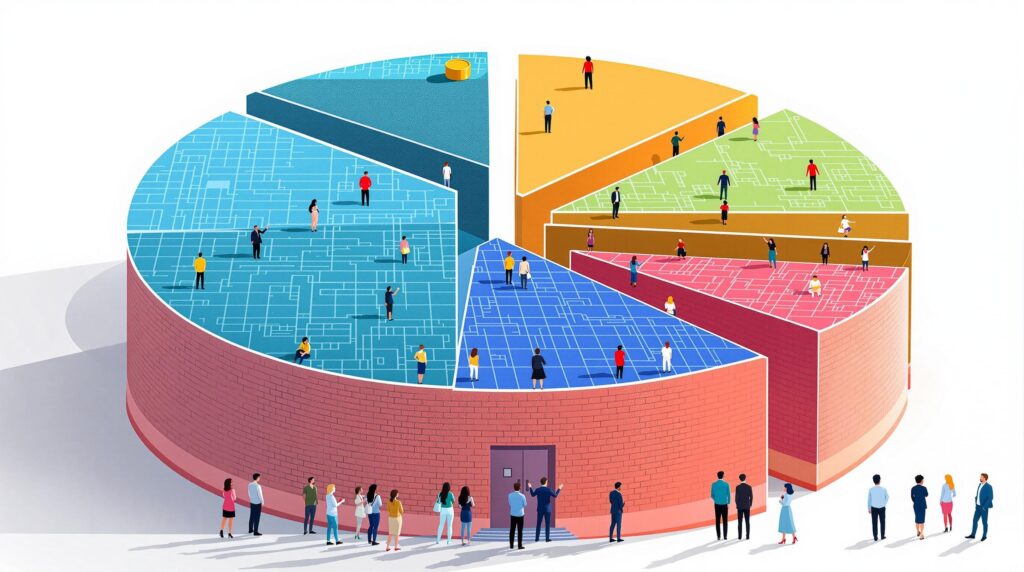Understanding Layer 1 Blockchains
Layer 1 blockchains are the core foundation of the entire cryptocurrency ecosystem. These are the primary networks that validate and finalize transactions independently, ensuring security and integrity across the network. Think of them as the base layer, upon which all other layers and applications are built. But what exactly are they, and why are they so essential?
What is a Layer 1 blockchain? A Layer 1 blockchain is the foundational network infrastructure ensuring secure transaction processing independently, like Bitcoin and Ethereum.
The role of Layer 1 blockchains is multifaceted. They not only execute transactions but also validate data using decentralized consensus mechanisms. This decouples them from any central authority, making them secure and resilient against tampering and fraud. Examples of Layer 1 blockchains include Bitcoin and Ethereum, which are notable for their capacity to perform a wide range of functions, from simple peer-to-peer transactions to complex smart contracts.
Key Characteristics
To truly appreciate the utility of Layer 1 blockchains, it’s important to understand their key characteristics, which ensure trust and efficiency:
- Decentralization: Unlike traditional financial systems, Layer 1 blockchains operate without a central authority, thus promoting transparency and reducing the risk of corruption or manipulation.
- Security: The blockchain network’s security is bolstered by cryptographic techniques and consensus protocols, making it extremely resistant to unauthorized changes.
- Smart Contract Capabilities: Layer 1 blockchains such as Ethereum allow for the execution of smart contracts, enabling automated agreements and applications to run without interference.
“Layer 1 blockchains are essential for maintaining the security and efficiency of decentralized applications, ensuring they can operate without centralized control.”
The implementation of these key features is crucial for ensuring that decentralized applications (dApps) are not only functional but also trustworthy. The trust that stakeholders place in these systems impacts a multitude of sectors. For example, they are vital in digital finance, where transactions not only require security but also need to be efficient enough to handle large volumes.
Moreover, Layer 1 blockchains face challenges, especially concerning scalability. As more users engage with the network, these blockchains must maintain high transaction throughputs without sacrificing security or decentralization. This is where Layer 2 solutions often come into play, operating on top of Layer 1 to improve transaction speed and efficiency.
In understanding the backbone that Layer 1 blockchains provide, it’s imperative to recognize their ongoing development and adaptation to meet the demands of modern economies. They serve as a crucial infrastructure for innovations, such as the $JARA token, and contribute significantly to projects like Jara’s ecosystem—showcasing the potential to fuel major digital asset economies.
Scalability Challenges in Layer 1 Solutions
Layer 1 blockchains are the cornerstones of the crypto world, much like a bustling highway during rush hour. They form the primary framework that executes transactions, validates data, and maintains security. However, as the highway gets crowded, similar scalability issues arise for Layer 1 blockchains, making it crucial to address scalability concerns.
What exactly makes Layer 1 blockchains face scalability challenges? When transactions flood the network, every single node in that blockchain needs to validate these transactions. While this ensures utmost security, it can significantly slow down the process, causing delays similar to a traffic jam on a busy freeway. For instance, both Bitcoin and Ethereum have experienced such bottlenecks, leading to increased transaction times and costs.
What is scalability in Layer 1 blockchains? Scalability refers to a blockchain’s ability to handle an increasing number of transactions efficiently, ensuring speed, cost-effectiveness, and security without compromising on performance.
Limitations and Solutions
Layer 1 solutions face inherent limitations due to their architecture, which prioritizes security and decentralization but often at the cost of speed and scalability. This is where Layer 2 solutions come into play, much like expanding a congested highway with additional lanes.
A notable Layer 2 solution, the Lightning Network, offers a way to tackle Bitcoin’s scalability issues by enabling off-chain transactions. This approach allows for rapid, low-cost transactions that eventually settle on the Layer 1 blockchain. Similarly, Ethereum’s roll-ups bundle multiple transactions, processing them off-chain before representing them as one transaction on the main network, markedly improving transaction speeds.
Layer 2 solutions like the Lightning Network for Bitcoin and roll-ups for Ethereum optimize the efficiency of Layer 1 blockchains by handling transactions off-chain and ensuring they are settled securely on the main network.
Moreover, various projects are exploring innovative ways to leverage both Layer 1 and Layer 2 solutions to enhance overall network performance. For example, Jara’s ecosystem utilizes a proprietary Layer 2 blockchain tailored for the African market, providing cost-effective and fast transaction capabilities.
- Layer 1 Challenges: Transaction validation by all nodes leads to potential delays and high fees.
- Innovative Layer 2: Introducing off-chain processing minimizes congestion and enhances speed and cost efficiency.
- Jara’s Solution: A tailored Layer 2 blockchain optimizes financial inclusion in Africa with faster, scalable transactions.
The dynamic fusion of Layer 1 and Layer 2 technologies presents the best of both worlds: maintaining additional security while delivering improved scalability and efficiency. As the demand for blockchain applications grows, understanding this layered approach becomes vital for addressing current scalability issues and fostering innovation in digital transactions.
Understanding the interplay between Layer 1 and Layer 2 solutions is pivotal to navigating the roadblocks of blockchain scalability and ensuring a seamless network experience.
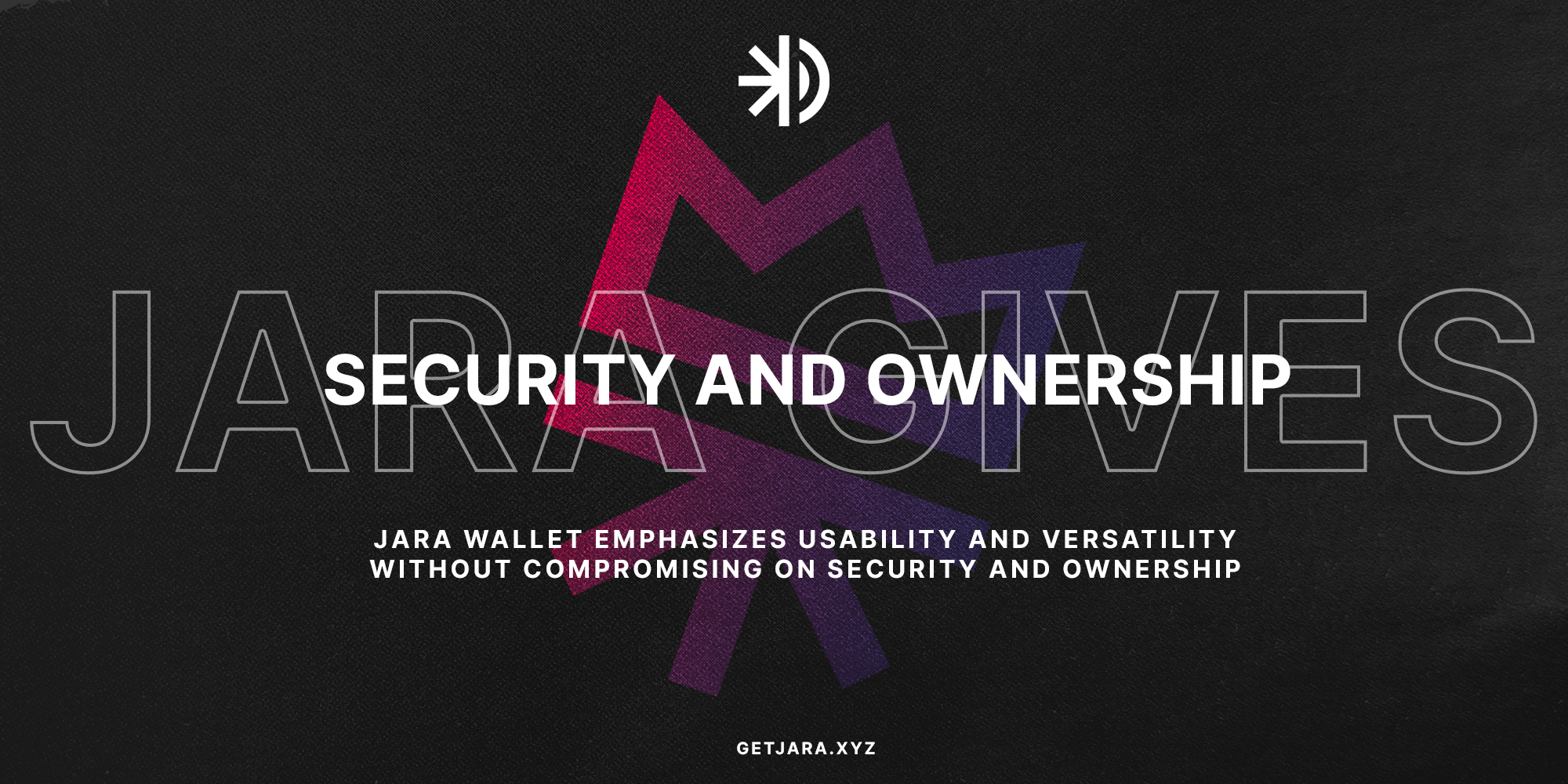
The Role and Importance of Layer 2 Blockchains
In the ever-evolving world of blockchain technology, enhancing the efficiency and scalability of Layer 1 blockchains is crucial. That’s where Layer 2 blockchains come into play. Layer 2 solutions are developed to address some of the primary challenges faced by Layer 1 blockchains, such as transaction speed, cost, and scalability. But how exactly do they achieve this? By moving transactions off the main chain and then anchoring them back securely, these secondary layers improve usability without compromising the security and decentralization that blockchains promise.
What is a Layer 2 blockchain? A Layer 2 blockchain is an overlaying network that lies on top of a Layer 1 blockchain to improve scalability and efficiency, processing transactions off-chain before settling them back on the main chain.
While Layer 1 blockchains serve as the backbone, ensuring decentralization and security, Layer 2 solutions like roll-ups and sidechains provide the much-needed flexibility and speed, which are essential for mass adoption of blockchain technology. This synergy enables the ongoing evolution of blockchain networks by handling an increased volume of transactions more efficiently and at a reduced cost.
Examples and Implementations
Let’s delve into some leading examples of Layer 2 technologies that are enhancing the usability of blockchain networks. A prominent example includes the Lightning Network for Bitcoin. This ingenious solution allows faster and cheaper transactions by establishing off-chain payment channels that settle only the final transaction on the blockchain. Similarly, Ethereum employs roll-ups, which aggregate multiple transactions into a single data block, resulting in significant improvements in transaction throughput and reduced costs without sacrificing security.
- Lightning Network: An advanced off-chain payment protocol developed to enhance Bitcoin’s transaction capacity. It executes transactions off-chain, only transmitting the net result to the main Bitcoin blockchain.
- Ethereum Roll-Ups: By offloading transaction processing, roll-ups boost Ethereum’s scalability by aggregating several transactions into a single layer, thereby allowing faster confirmation times and reduced gas fees.
“By integrating these Layer 2 solutions, blockchain networks like Ethereum and Bitcoin can significantly amplify their transaction processing capabilities, propelling them towards greater mainstream adoption.”
These innovative Layer 2 solutions highlight the potential of creating expansive blockchain applications without encountering performance bottlenecks. Moreover, as these technologies continue to evolve, they promise to not only enhance existing blockchain networks but also open new realms of possibilities in various industries, akin to improving road networks to ease traffic while ensuring vehicles remain safe and journeys smoother.
The Future of Layer 1 and Layer 2 Blockchain Solutions
Imagine a world where blockchain networks are faster, more secure, and seamlessly integrated with other technologies. That’s the roadmap for the future of Layer 1 and Layer 2 blockchain solutions. These advancements hold the promise of resolving current scalability and interoperability challenges, paving the way for more efficient and versatile blockchain ecosystems. As the backbone of crypto innovation, Layer 1 blockchains are set to boost transaction processing speeds, reduce costs, and enhance security, while Layer 2 solutions help scale these functionalities without sacrificing decentralization. But how exactly will these layers adapt to fulfill such potential?
Integration with Emerging Technologies
The intersection of blockchain technology with other emerging fields like artificial intelligence (AI) and the Internet of Things (IoT) is akin to a digital symphony, orchestrating a new age of innovation. Blockchain’s capabilities can greatly enhance AI by providing secure data exchanges and infallible audit trails that ensure transparency and trust. Meanwhile, IoT’s vast data landscapes can benefit from blockchain’s immutable ledgers, providing security and integrity to massive datasets processed in real time. But what makes this integration so transformative for various industries?
How does blockchain integrate with AI and IoT? Blockchain provides secure, transparent data exchange and immutable record-keeping, enhancing AI transparency and IoT data integrity.
Consider the implications in logistics: Blockchain can streamline operations by ensuring end-to-end product traceability in supply chains. Each item can be tracked with precision, reducing errors and increasing efficiency. Or envision healthcare, where blockchain can secure patient data, allowing seamless interoperability and safeguarding patient privacy. These are just glimpses of how cross-technology integration can propel industry transformations.
Moreover, the introduction of blockchain in AI governance opens new possibilities for ethical and transparent AI applications. By leveraging secure infrastructure, technologies like Prove AI, a solution developed by Casper Labs in collaboration with IBM, aim to enhance AI’s accountability and auditability. As these technologies blend, they lay the groundwork for governed AI systems that instill greater public trust and acceptance.
As we look ahead, integrating blockchain with AI and IoT is expected not only to enhance existing processes but to devise entirely new business models and solutions. This can fundamentally alter how we perceive and utilize technology in our daily lives, driving the adoption of blockchain across a multitude of sectors.
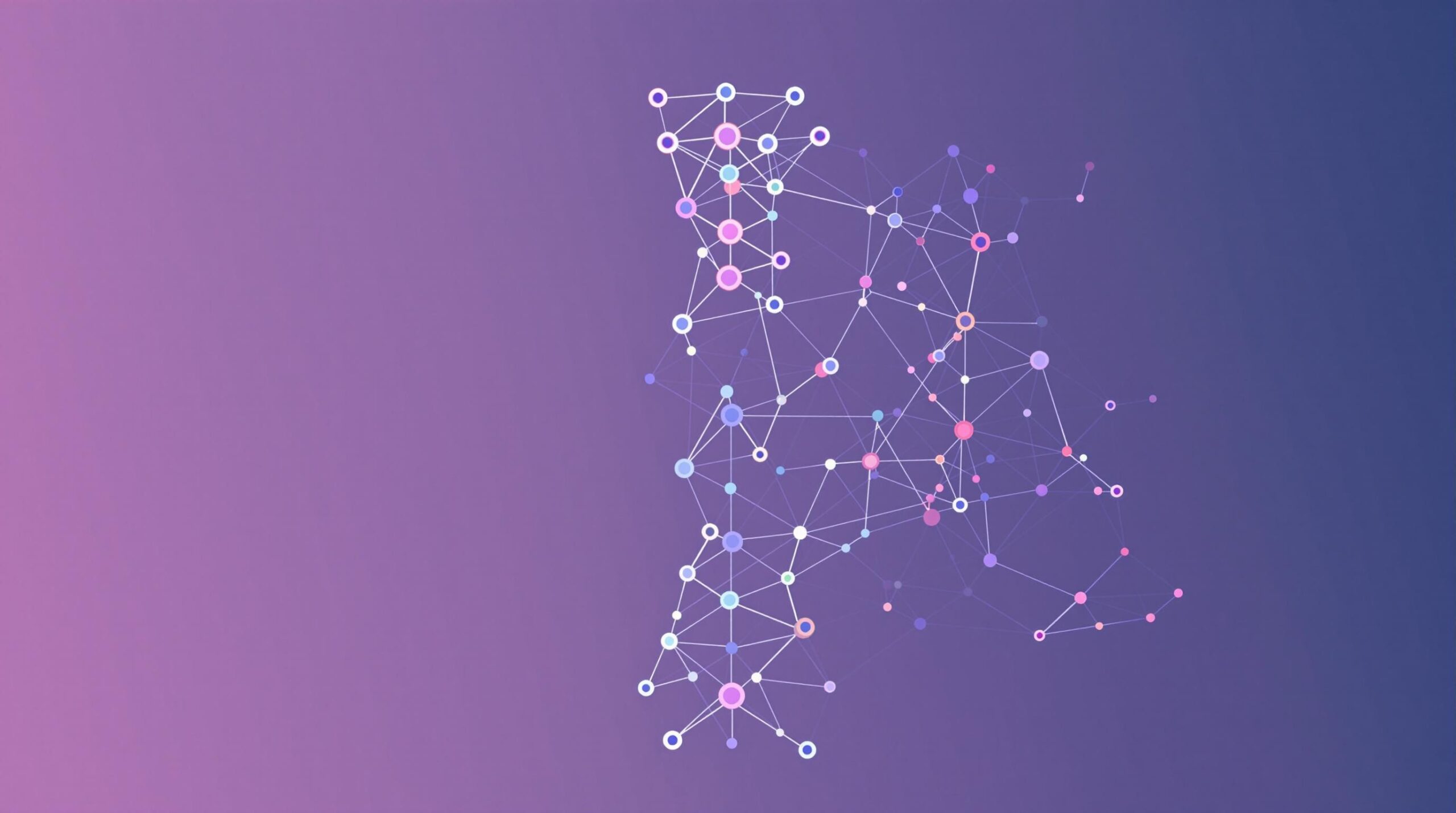
What is the primary function of Layer 1 blockchains?
Layer 1 blockchains serve as the foundational architecture in the blockchain ecosystem, facilitating core operations such as executing transactions, validating data, and maintaining network security through decentralized consensus.
How do Layer 1 and Layer 2 blockchains interact?
Layer 2 blockchains, known for improving scalability and reducing transaction costs, work on top of Layer 1 blockchains by handling transactions off-chain and later settling them back on the main network.
What challenges are addressed by Layer 1 blockchains?
Layer 1 blockchains primarily tackle challenges related to maintaining security and decentralization. However, they often face scalability issues due to high transaction loads that require decentralized validation.
What are the future implications of Layer 1 advancements?
The future of Layer 1 advancements is poised to enhance blockchain infrastructure by addressing current scalability limits, resulting in more efficient and versatile blockchain solutions, integrating with emerging technologies like AI and IoT.

Related Practice Areas
Explore other practice areas that relate closely to our comprehensive coverage of Layer 1 blockchains, reflecting the breadth of our expertise and innovative solutions.
List of Top-Rated Layer 1 and Layer 2 Blockchain Solutions Attorneys Serving Jara
Choosing the appropriate legal representation is crucial when dealing with blockchain innovations. A seasoned attorney specializing in Layer 1 and Layer 2 blockchain solutions ensures you’re equipped to make informed decisions at every phase of the process.
Jane Doe, Blockchain Solutions Attorney
John Smith, Crypto Regulations Specialist
Emily Johnson, Blockchain Consulting Expert
Michael Brown, Decentralized Finance Advisor
Discover What Our Clients Are Saying
Our dedication to excellence in Layer 1 and Layer 2 blockchain solutions is evident in every case we undertake. The positive feedback from our clients is a testament to the hard work and dedication we consistently deliver.
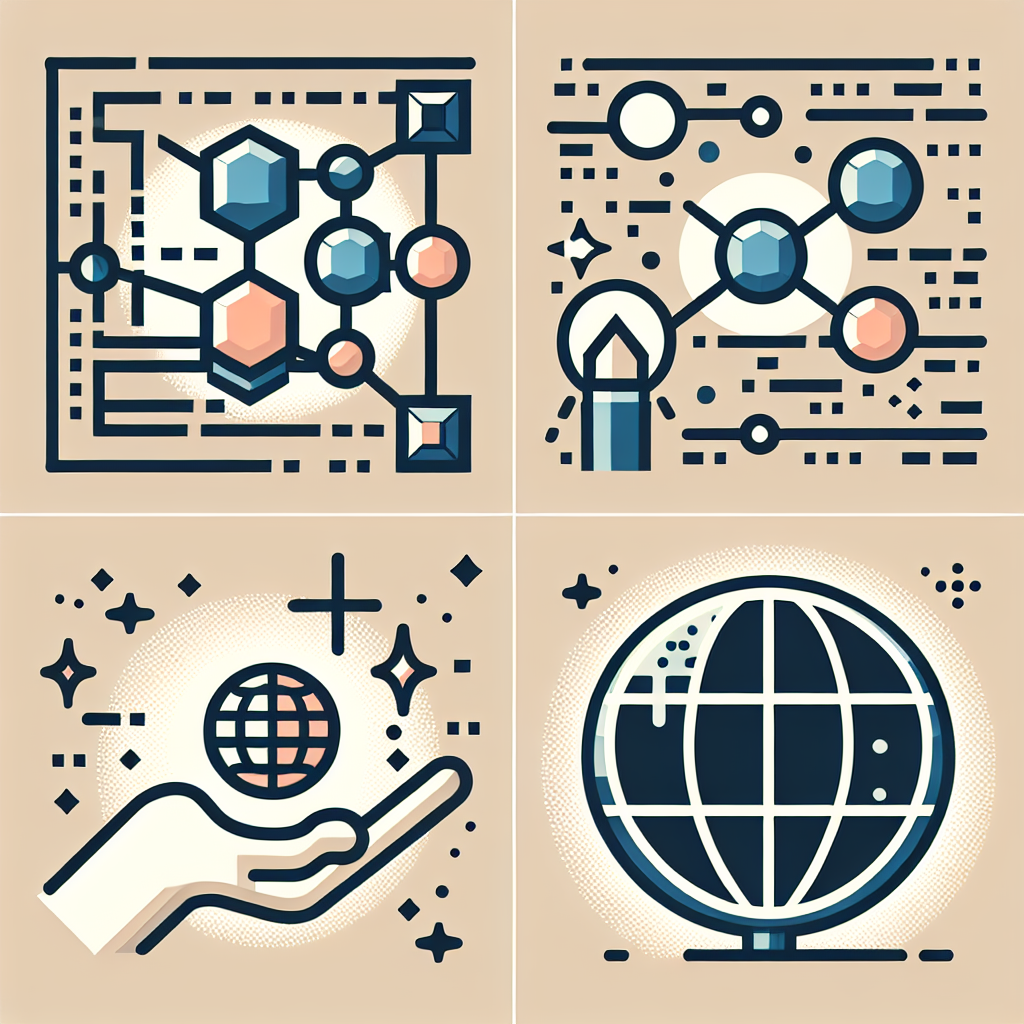
Take the Next Step with Jara’s Blockchain Expertise
Ready to dive deeper into the potential of blockchain technology? At Jara, we specialize in Layer 1 and Layer 2 blockchain solutions, offering unmatched expertise and guidance tailored to your needs. Whether you’re looking to understand the basics of blockchain technology or exploring advanced implementation strategies, we’re here to help. Contact us at [email protected] or call us at 000-000-0000 today.
“Your Voice, Our Mission” – we champion blockchain innovation with the tenacity and dedication that has earned us the trust of our community members.
Chinyere “Chi” Nnadi Bio
Founder and CEO, Jara | Blockchain Expert
Content Reviewed by Chi Nnadi and his Content Team. Chi is a visionary entrepreneur focused on revolutionizing Africa’s financial systems through blockchain innovation. As the Founder and CEO of Jara, he develops enterprise-grade infrastructure that transforms African assets into globally tradable digital tokens. With deep expertise in blockchain technology, Chi connects global investors with Africa’s rapidly evolving digital landscape.
Our Content Review Process
Chi Nnadi, alongside Jara’s dedicated content team, commits to providing superior material. Our content process includes comprehensive reviews, sourcing from reputable entities, unbiased analysis, and adherence to high-quality metrics. Please notify us if you find any discrepancies.
